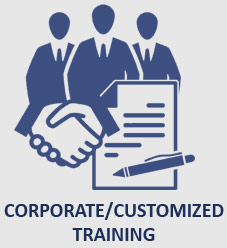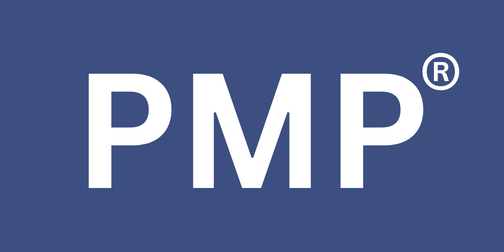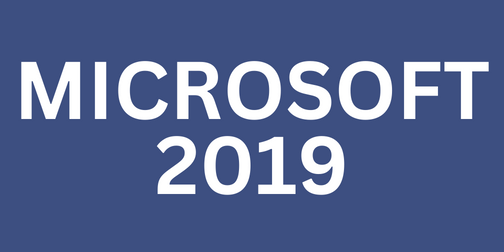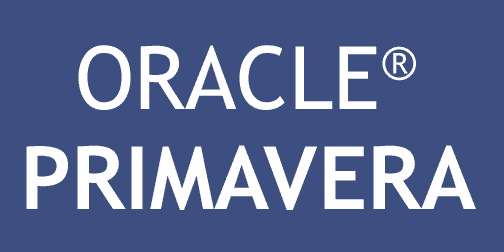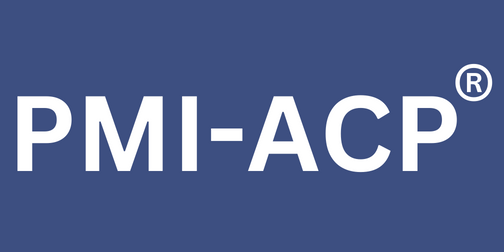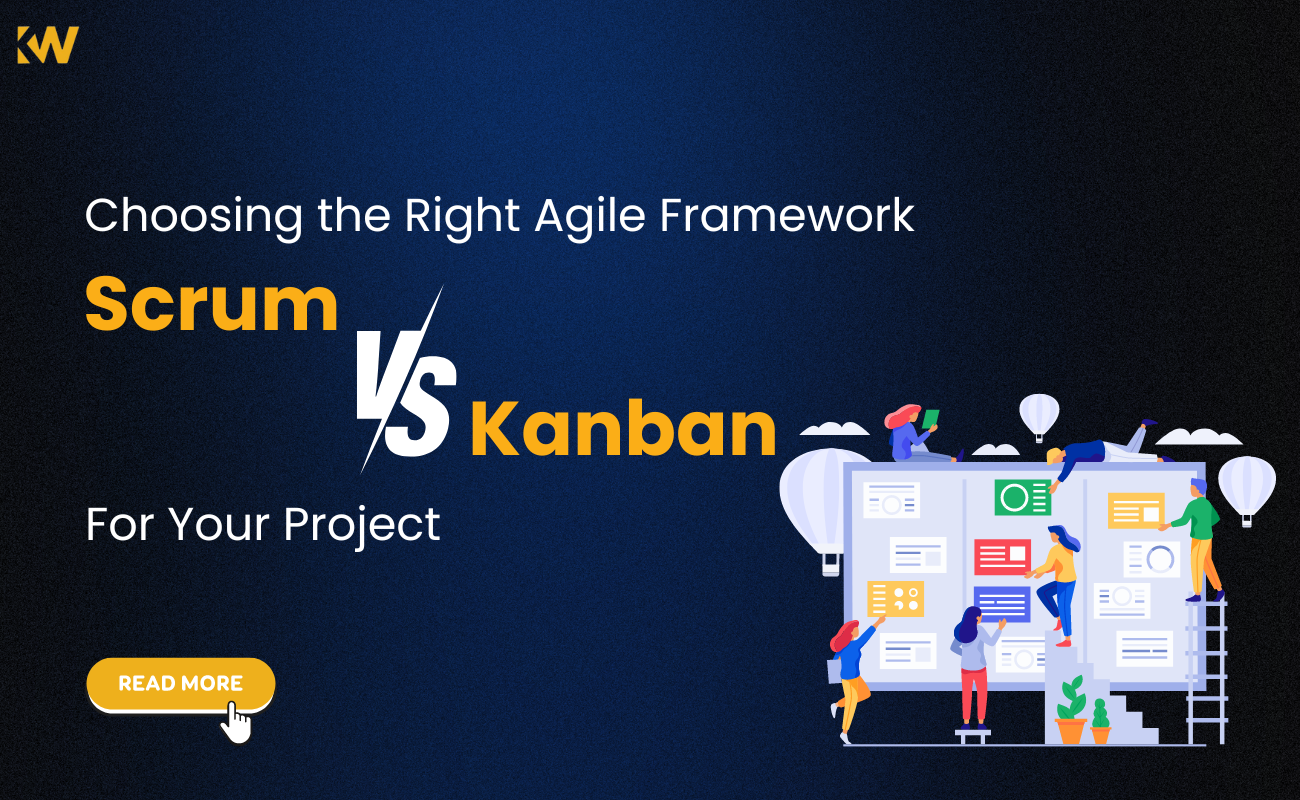
Scrum or Kanban? Choosing the Right Agile Framework for Your Project
Posted On July 26, 2024 - 10:36 AM
Kanban and Scrum both use an Agile approach for continuous improvement, but they operate in different ways. Kanban is best for people who are highly visual and want to be able to see the entire task ahead. Scrum is more pragmatist, with roles and timelines assigned for each team member. Kanban or Scrum are both good choices. You might not need to choose as using them both together will allow you to get the benefits of each. Here's how to choose the best direction for your project.
What is Kanban, and why should you use it?
Kanban is an effective visual management method. The board can be digital or physical. It is used to track the progress of tasks through different stages. Each task has a card assigned to it and is placed in a column that represents the status. As an example, the columns "To Do,""In Progress,"and "Testing", might be used to sort tasks in a web-development project. A final column is where tasks are placed when they have been completed.
Kanban creates transparency in projects. The Kanban board allows your team to see what tasks need to be completed, and where they are stuck. The Kanban board's visual structure makes it simple for project managers and team leaders to identify bottlenecks, determine if they need to accelerate the team's delivery process or workflow.
What is Scrum, and why should you use it?
Scrum gives projects structure and groups project resources in small scrum teams, which usually consist of nine or fewer people. The Scrum master is one person and the Product Owner is another. All other members of the team are part of the Scrum development team, and they must follow Scrum's iterative method of working in phases of up to four weeks each.
Transparency, inspectability and adaptability are the three pillars that make up Scrum. The Scrum framework is also associated with five core values: respect, openness and commitment. If implemented correctly, every member of the team will feel ownership of the project.
Kanban vs. Scrum differences
Scrum and Kanban have some similarities. Both break down projects into smaller, more manageable tasks. They also have their roots in the Agile framework. What are the differences between Scrum & Kanban? These are the main differences between them.
-
Kanban is a combination of Agile and lean while Scrum is based upon Agile methodology.
-
Kanban is a system that focuses on delivering tasks in a continuous manner. Scrum is a method of completing tasks by stages (with each one lasting between 1 and 4 weeks).
-
Kanban uses a Kanban Board. Scrum is a more time-centric approach that requires a sprint and product backlog.
-
Kanban projects do not have roles with the team. Scrum, on the other hand, is a structured workflow which requires a specific team architecture.
Use cases for Kanban
-
Kanban is an agile methodology that can be used to manage most projects.
-
It can also be combined with other frameworks. Kanban is a flexible methodology that can be applied to most projects and combined with other frameworks.
-
Kanban can also be more effective for tasks which are independent and do not depend on each other, especially if you plan to use it as your only method.
-
If you have many connected tasks that are nested, it may be difficult to display them on a Kanban board. This can overwhelm your team.
-
You can create conditional tasks on digital boards that will only appear when another task has been completed or is in progress.
-
It's your team's responsibility to find these tools, and to ensure that tasks are ordered and flagged correctly. This can lead to chaos in large, complex projects.
Use cases for Scrum
-
Scrum is a methodology that was designed originally for software development teams. It continues to be used, but it can be applied across disciplines.
-
The flexibility of Scrum allows it to adapt to new needs and priorities.
-
This makes it ideal for projects that are complex or where the solution is unknown. Scrum is structured.
-
Scrum projects are best run by teams of fewer than nine members.
-
This means that large organizations and teams will struggle to make the most out of it.
-
You will lose communication and oversight if you have a large team using the Scrum framework or if you use the wrong software.
-
Scrum may be a good fit for you if your team is small and working on a project that has a lot of changeable deliverables, or a high level of interaction with customers.
Kanban: Benefits and Uses
Kanban will help you improve your project visibility and adopt a culture that encourages continuous improvement. A Kanban board placed in front of the team allows them to see how many tasks they have and what needs to be completed. The Kanban board allows them to see the completed tasks and boosts their morale by showing how far they have come.
Kanban is a simple system to use if you are looking for productivity and can break down your project into smaller deliverables. It is easy to adopt because it fits into existing team structures and processes.
Kanban has many benefits, including:
-
Increase efficiency: With a visual workflow you can see where tasks get stuck and improve workflow.
-
Kanban boards: They Can help prevent overburden. They show how tasks are distributed between teams and you can see where you need to delegate or extend.
-
Increase Productivity: Bringing transparency to the workflow will help your team better plan their workload.
Scrum has many benefits
Scrum is designed to adapt to complex projects with many variables and frequent change. Scrum's structure can help your team achieve its goals, whether it is to reduce costs, improve delivery or increase quality.
Scrum has many benefits, including:
-
Improve quality: By regularly reporting to clients in the form sprint reviews, Scrum gives you more time to adjust priorities and requirements.
-
Manage Projects: Tasks are assigned and time-bound to specific members of a small, structured team. This allows for greater project control and oversight.
-
Improve collaboration: By forming a small group and assigning roles to each member, Scrum will improve communication and collaboration among employees.
How to choose the best methodology
The Kanban vs. Scrum winner will depend on your use case and variables such as the type of tasks that you can divide your project into. Consider these factors before making a choice:
-
Kanban does not provide any additional team structure: It's easy to integrate into existing processes. However, it will not help you if your workflow needs to be reorganized.
-
Scrum is most effective when you interact with clients frequently: Otherwise, you will miss out on many of the benefits associated with working in stages. Scrum can end up dragging out the process if there is no feedback in between stages.
| Scrum | Kanban | |
| Origin | Software development | Lean manufacturing |
| Idealogy | Reflect on your wins and losses, organize yourself and set priorities, and learn from them. | Visuals can be used to enhance work in progress |
| Cadence | Sprints of a fixed length (i.e. Two weeks) | Continuous flow |
| Practices | Sprint planning, daily scrums, sprint review | Visualize the flow of your work, limit what you are working on, manage flow and incorporate feedback loops |
| Roles | Product owner, scrum master, development team | No roles required |
Conclusion:
The choice between Scrum or Kanban depends on your project's context and needs. Scrum is best suited for projects that require defined roles, sprints, regular planning and reviewing cycles, as well as clear timelines and deliverables. Kanban is best suited to environments where continuous delivery, flexibility and fluid prioritization are required. It also allows for adaptability and fluid prioritization in response to changing needs. Scrum's systematic approach is best suited to complex tasks with frequent stakeholder involvement, while Kanban’s visual management and flow optimizing caters to ongoing, incremental projects. Your decision should ultimately be based on your project goals, the dynamics of your team, and your challenges. You can even combine elements from both frameworks to achieve optimal results.
Elevate Your Career with Agile Certification- Enroll Now
Contact us on:
8920499504, 8750171753
Check out this blog : Incorporating Agile Project Management in Non-Tech Industries











